FMI researchers are merging multi-satellite data with modelling to quantify methane emissions from the Arctic and boreal wetlands. The novel animation produced in this pioneering research project MethEO shows how soil frost controls seasonal emissions of methane at high latitudes. Sodankylä Arctic Space Centre measurements are crucially important in ensuring the reliability of satellite data in challenging conditions.
Solving METHane fluxes at northern latitudes using atmospheric and soil EO data (MethEO) project started out in 2018 as a European Space Agency -funded EO Science for Society project, and has now succeeded to grow into a unique research collaboration that unites both satellite data and expertise of the FMI’s cryosphere and greenhouse gas researchers.
“Our team has managed to estimate methane emissions and trends during soil freezing period for the first time in regional and pan-Arctic scales”, says Kimmo Rautiainen, the project PI and the developer of the ESA SMOS Soil Freeze and Thaw product at FMI-SPACE. Space-based data from the SMOS and Sentinel 5P TROPOMI satellite instruments are interpreted using data-driven methods and model-data assimilation system Carbon Tracker Europe – CH4, developed and run by the FMI Carbon Cycle research group. In the coming phases of the project, the focus will be on winter and spring-time natural emissions but also on identifying anthropogenic methane emissions.
Novel satellite data provide unprecedented possibilities in uncovering the secrets of the Arctic and boreal carbon cycle. However, the key to the reliable interpretation of these data is high-quality validation. FMI-SPACE maintains and develops versatile, multi-scale measurements of atmospheric composition and ground conditions at the Sodankylä Arctic Space Centre. Established long-term measurements complemented by innovative experiments and temporary campaign instrumentations make this Northern Finland site a true supersite and a forerunner in modern satellite validation.
More information:
- MethEO project PI, Dr. Kimmo Rautiainen: firstname.lastname@fmi.fi
- ESA EO Science for Society web story on MethEO

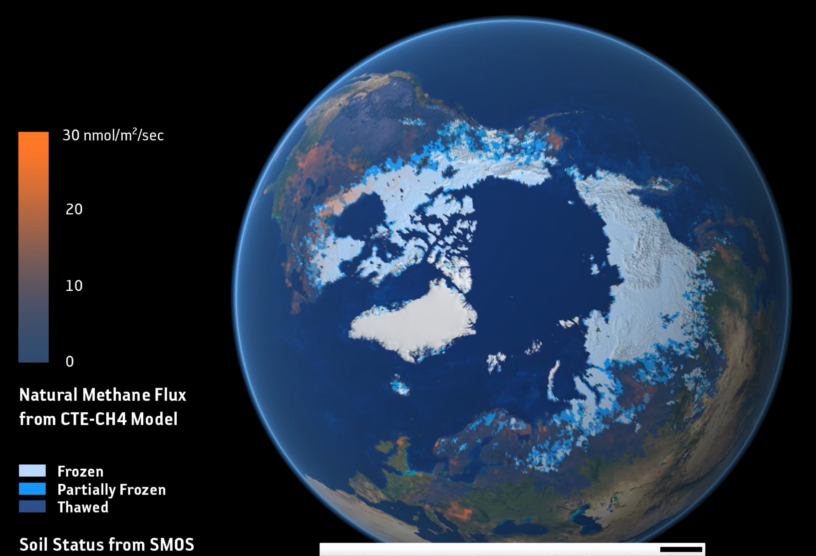

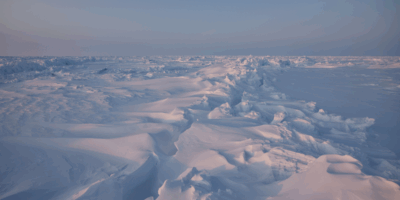
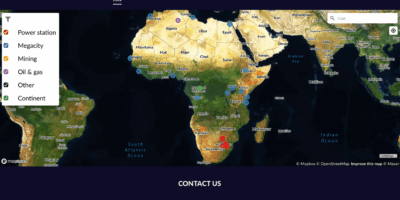

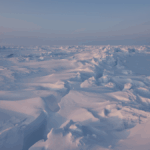
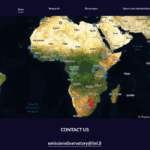
Leave a Reply
You must be logged in to post a comment.